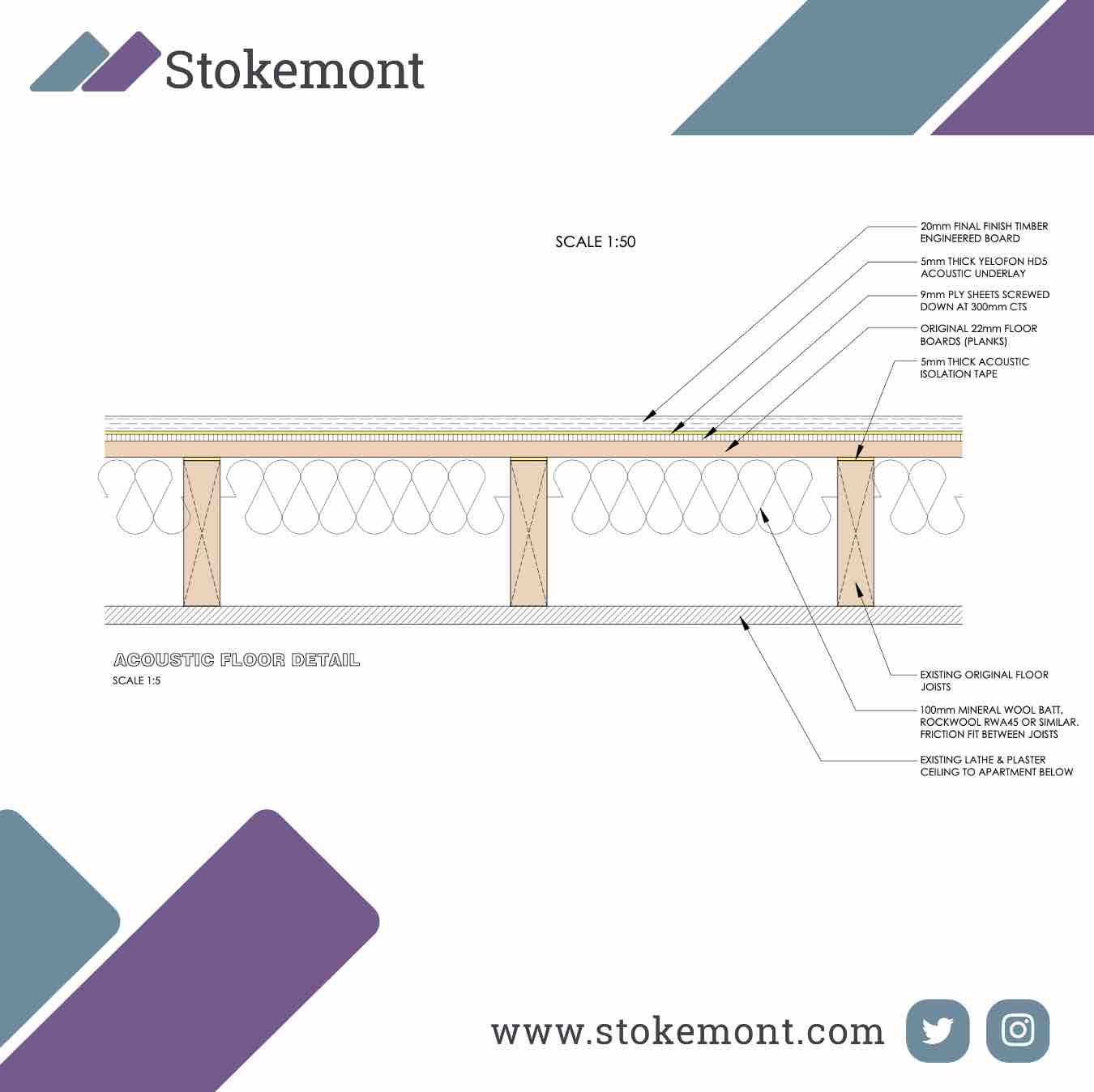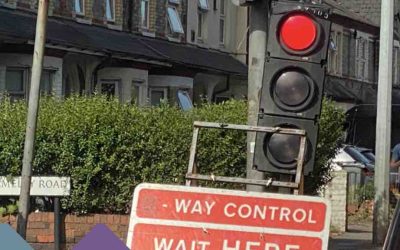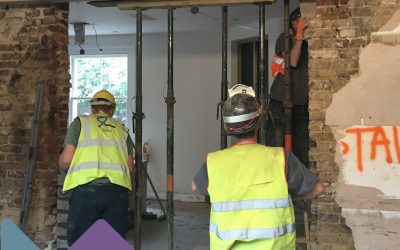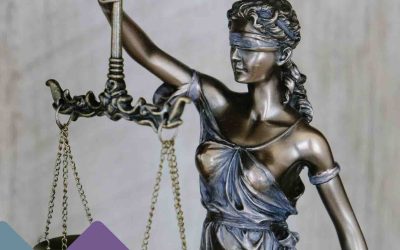Thank you for clicking on today’s Property Surveying blog post, today we are going to be taking an informed look at licence for alterations procedures.
If you own a leasehold property in England and Wales and are planning on undertaking alterations, providing that the alterations fall within the realm of the property lease’s definitions for an alteration, then from a legal perspective and under the terms of your lease, you will need to go through licence for alterations procedures.
Licence for alterations procedures will apply to a wide variety of works, however commonly are as follows:
- Installing new wet rooms, such as bathrooms or kitchens.
- Changing windows.
- Installing hard floors in place of previous carpeted floors.
- Removing structural walls.
- Changing the layout of the property.
- Undertaking structural works.
- Undertaking electrical or service works.
In this blog post, we are going to be looking at one of the more typical types of licence for alteration works that we see across the board, being the change of soft floor coverings (carpet) to hard floor coverings.
One of the largest concerns that freeholders will have when soft floor coverings are being changed to hard floor coverings is the impact upon the flat or flats beneath.
It goes without saying, that the installation of hard floors will not only result in both impact sound transmission but also airborne sound transmission.
It is therefore important for the leaseholder to carefully consider this impact, thereby avoiding the scenario where the freeholder or landlord of the building receives complaint from a neighbouring or fellow leaseholder.
Conventionally, the way to achieve a considered installation of hard flooring in place of soft, is to ensure that there is sufficient sound deadening underlay installed beneath the proposed hard floor covering.
Underlay as with any other material comes in a range of different varieties, costs and types. Generally speaking with something like sound deadening underlay, the higher the price of the material, the better the sound deadening qualities.
However, it should also be worth noting, that in some cases sound deadening underlay in itself is not enough.
The leaseholder may also find themselves having to remove the floorboards in suspended timber floors, and installing some form of insulation in between the floor joists.
This has the added benefit of significantly deadening airborne sound transmission from the flat undertaking the works, to the flat adjoining and neighbouring the works.
The installation of insulation between the floor joists is obviously going to come at significant cost to the leaseholder undertaking the works, as they are going to need to remove all of the floorboards in order to accommodate this.
Finally, the final form of protective insulation is to install a layer of sound deadening insulation and underlay between the floor joists and floorboards.
This has the added benefit of stopping tell-tale sound transmission such as creaking floors.
In our experience here at Stokemont, leaseholders will often look the requirement and need for such exhaustive underlay and sound deadening materials. In many cases, it coming as a shock when their freeholder, or freeholder’s licence for alterations surveyor requests these.
In many cases, leaseholders can find that the sound deadening insulations are the same price, if not more, than the floor covering they are planning on installing. This can significantly increase the per square metre cost of their planned works.
From a freeholder’s perspective, they will want to ensure that there is no chance of complaint from the leaseholder beneath, and often the way to protect and secure themselves from this form of issue is to ask the leaseholder undertaking the works to instruct acoustic engineers to undertake sound tests both pre and post installation of the hardwood floors and sound deadening underlay.
This will not only ensure that the airborne and impact decibel transmission from the subject flat to the flat beneath is upheld, it will also give them a means of proof, should the leaseholder beneath raise complaint post works.
If you are planning on undertaking licence for alterations works and in particular the changing of soft coverings to hard coverings, here at Stokemont we would advise that you take specialist advice from surveyors sooner rather than later. While also doing your research into the likely costs of the labour and materials in installing the underlay and sound insulation required.
Overlooking this, could result in unplanned expense, therefore having full understanding of this before commencing the works, will ensure that you are well abreast of potential costs.
If you would like to discuss licence for alteration procedures with our team of experienced and qualified RICS surveyors, please feel free to give us a call, or pop us an email, we will be more than happy to assist and advise you.




